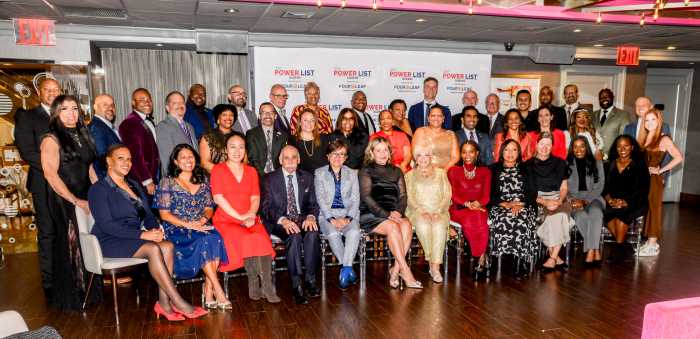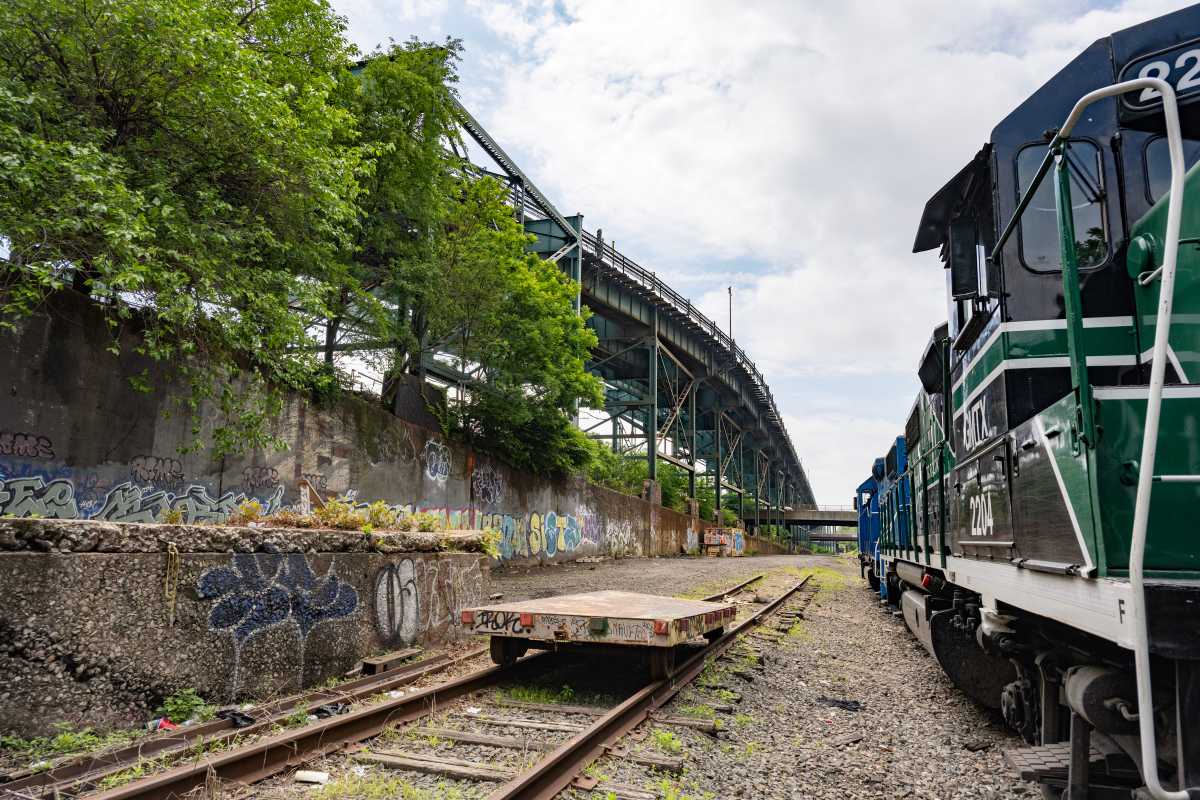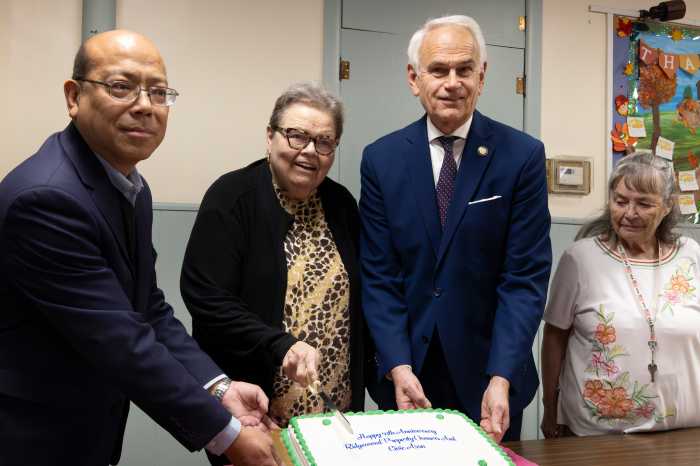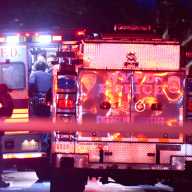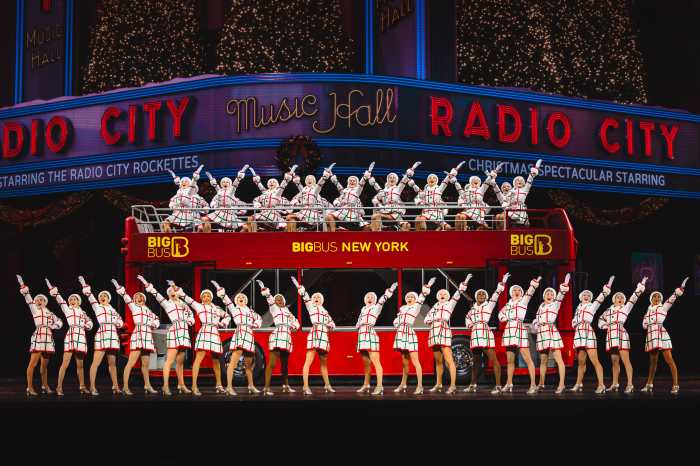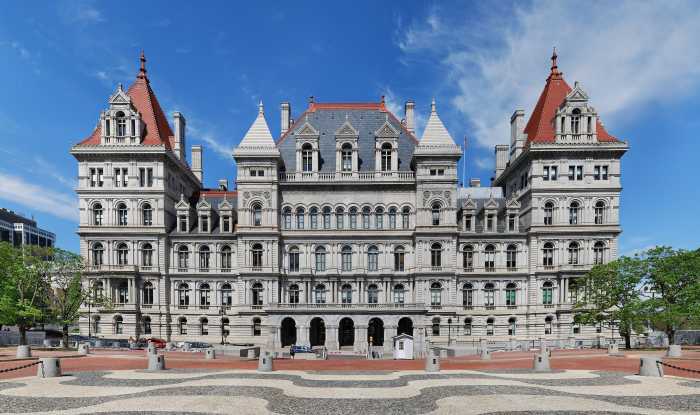By Corey Bearak
City Councilman Hiram Monserrate (D-Corona) addressed the Queens Civic Congress Monday on legislation to stem the proliferation of graffiti on privately owned spaces. Community groups and residents complain about graffiti and how the blight, if not removed, creates a sense of lawlessness.
The best way to fight graffiti remains eradicating it as quickly as possible. Government supports community groups that remove or paint over graffiti, but it can do more to get property owners on board.
Most graffiti vandals get their thrill from others viewing their vandalism. Removing or painting over graffiti erases any opportunity for gratification.
My neighborhood civic maintains an effective graffiti eradication program. North Bellerose Civic Association President Bruno DeFranceschi and his wife, Lucy, initiated the effort several years ago, soliciting paint or donations for paint from the city, elected officials and local businesses.
Our newsletter, Newsbits, often contains photographs of past cleanups that included youth from the 105th Precinct Explorers program and the MS 172 Beacon School. Lucy coordinates the effort, which includes securing permission from the property owners to paint over the scrawl.
Participation by our youth is important. As a graffiti-prevention strategy, think the three E’s: education, enforcement and eradication. Involving youth in graffiti eradication helps educate and spread the word about this unlawful and disrespectful act. Civics classes in our schools should emphasize respect for public and private spaces.
Enforcement means more than going after those who perpetrate the crime; it also entails keeping graffiti tools — broad-tipped markers and spray cans — out of the hands of minors.
Former City Councilman Sheldon Leffler sponsored in 1985 Local Law 34, which prohibits the sale and possession of aerosol spray-paint cans and broad-tipped indelible markers to minors and limits their display. Leffler also sponsored legislation establishing an anti-graffiti task force and authorized awards up to $500 for information leading to the arrest, prosecution or conviction of a graffiti vandal.
Eradication is key. After the anti-graffiti task force established by law expired, a task force set up by a 1995 mayoral executive order left out the Council and borough presidents and our school system. It appears focused on agency efforts to remove graffiti from public buildings.
Last July City Hall announced the removal of 16.3 million square feet of graffiti from more than 6,241 sites since July 2002; it included more than 10 million square feet from commercial, industrial and maritime areas, 4 million from highways and 2 million from parks. During that period, the Police Department made 468 graffiti-related arrests. The NYPD’s anti-graffiti unit works closely with community groups.
In our neighborhoods, graffiti eradication tends to remain the province of community groups such as the North Bellerose Civic Association and the Ridgewood Property Owners Association. They sometimes face a landlord who refuses to grant permission to remove graffiti.
Monserrate’s proposal would authorize the city to clean private property defaced with graffiti after proper notice to the owner, even if the owner refuses consent. Int. No. 299 was reintroduced March 24 and assigned to the Committee on Public Safety, chaired by co-prime sponsor City Councilman Peter Vallone Jr. (D-Astoria). The legislation would also impose a fine not less than $150 nor more than $300 against the owners of commercial buildings and residential buildings of six or more units who do not remove graffiti from their premises within 30 days of receipt of a notice to remove the graffiti.
The sponsors also include City Council members Joseph Addabbo (D-Howard Beach), Anthony Avella (D-Bayside), Helen Sears (D-Jackson Heights), John Liu (D-Flushing), James Gennaro (D-Fresh Meadows) and David Weprin (D-Hollis); Brooklyn’s Vincent Gentile, Michael Nelson and Yvette Clarke; Manhattan’s Alan Gerson and Miguel Martinez; and the Bronx’s Oliver Koppell and Joel Rivera.
Monserrate’s proposal would be bolstered by amending it to include the idea advocated in the Queens Civic Congress platform to “work with community groups for a graffiti-free environment.”
The Civic Congress’ proposal would similarly require property owners to allow the city to arrange — at no cost to the owner — to clean or paint over graffiti or face a $25 fine, more modest than what the Council bill proposes, for failure to remove graffiti.
In addition to current criminal violations up to $500, this civic proposal would establish civil penalties up to the same amount for graffiti vandalism. It would earmark all civil penalties and fines collected as a result of civil graffiti violations for an anti-graffiti trust fund, which would be set up and administered by a graffiti elimination team that would replace the anti-graffiti task force.
This team would oversee the city’s efforts to remove graffiti at a property owner’s request or to assist a property owner in graffiti removal. The fund would cover supplies provided to property owners and community groups or the administration of community service programs to remove graffiti or paint over it. The Council should consider it.
Corey Bearak is an attorney and adviser on government, community and public affairs. He is also active in Queens civic and political circles.

